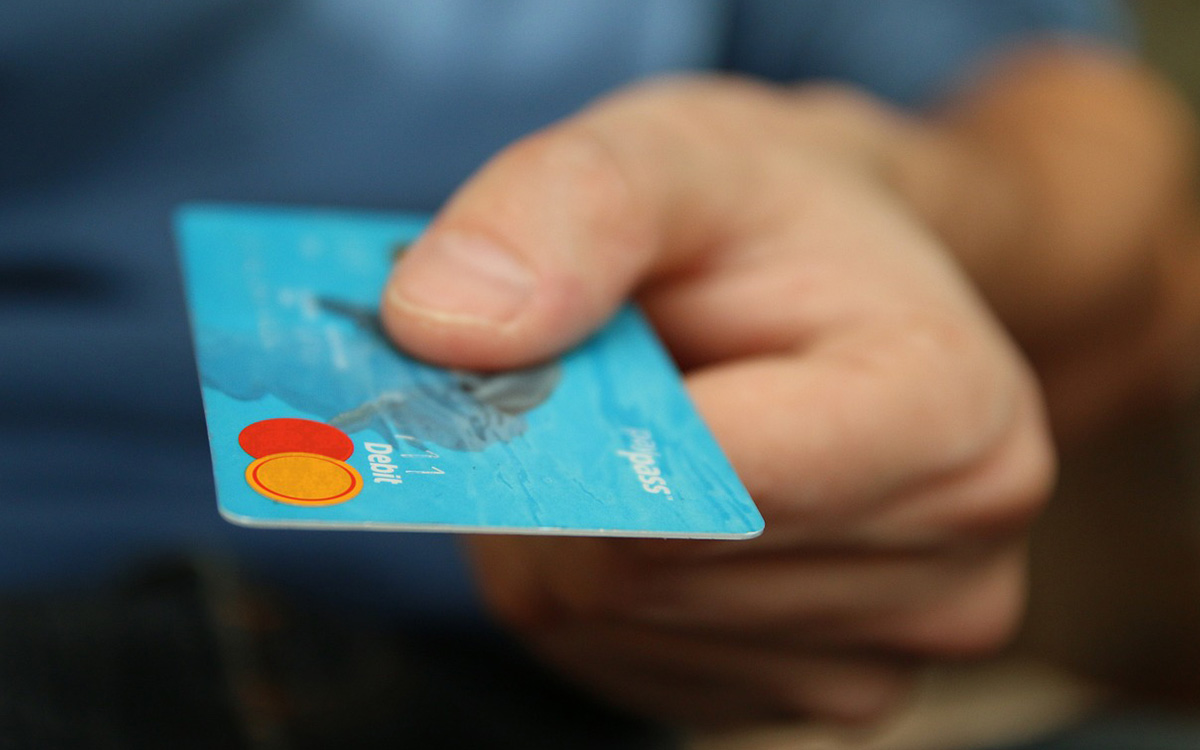WEEK 5: PRICING YOUR ARTWORK
Pricing your artwork is daunting, but it must be done! If you’ve landed here because you’re working on getting your art business running, you may want to go back to the first post in this series (find it HERE) and work your way through the weekly topics that you haven’t already nailed down.
Now, back to the task at hand for today, setting the right price is key to reflecting the value of your art and appealing to buyers. It can be daunting, and many artists are filled with doubt when finding what feels right for them. We’ll touch on various pricing strategies to help you find a place to start.
Please remember, though, that pricing can be fluid – like many other things in life. Here are some starting points for you, and some things to consider:
- Calculate Your Costs
- Materials: Add up the cost of all materials used in creating the piece.
- Time: Consider how long it took you to create the work. Assign an hourly rate to your time.
- Research the Market
- Similar Artists: Look at how similar artists are pricing their work. What are the price ranges for similar styles and mediums?
- Trends: Stay updated on market trends. Prices can fluctuate based on demand and current trends.
- Consider Your Experience
- Emerging vs. Established: Emerging artists typically price lower than established artists. As your reputation grows, you can increase your prices.
- Exhibitions and Awards: If you’ve exhibited in galleries or won awards, you can justify higher prices.
- Create a Pricing Formula
- Cost Plus Pricing: Add a markup to your total costs. For example, if your costs are $100 and you add a 50% markup, the price would be $150.
- Value-Based Pricing: Price based on the perceived value of your work. Consider the uniqueness, complexity, and emotional impact of your art.
- Test Your Prices
- Feedback: Get feedback from peers and potential buyers. Are they willing to pay your prices?
- Adjust: Don’t be afraid to adjust your prices based on feedback and sales performance.
- Be Transparent
- Explain Your Pricing: Be prepared to explain your pricing to potential buyers. Transparency builds trust.
- Price Consistency: Keep your prices consistent across all platforms and venues. Inconsistencies can confuse buyers.
Pricing your artwork is both an art and a science. By considering your costs, researching the market, and creating a pricing formula, you’ll be able to price your work confidently and fairly. And always remember that it’s your work, so if you want to change the way you price at some point, you go right ahead.
Coming up next week, we’ll explore what it means to build an online presence, and touch on the things that go into it.
In the meantime, if you’re feeling a little disconnected from your art practice, give our Colour My Numbers tool a try. It’s free to download here.





